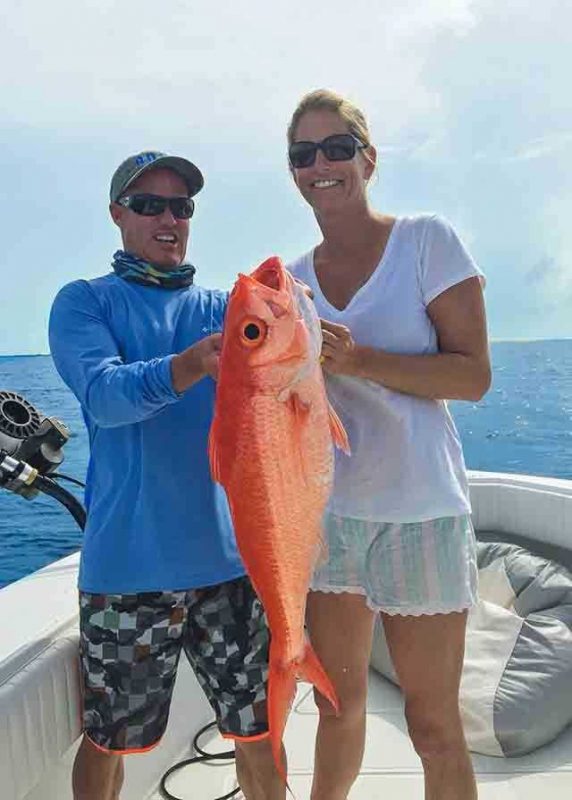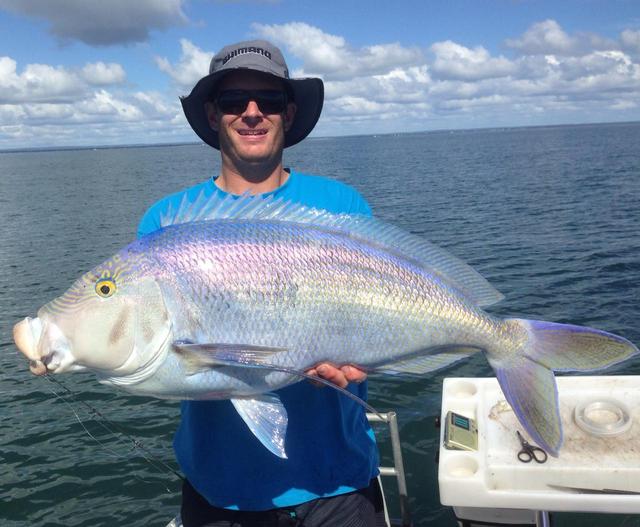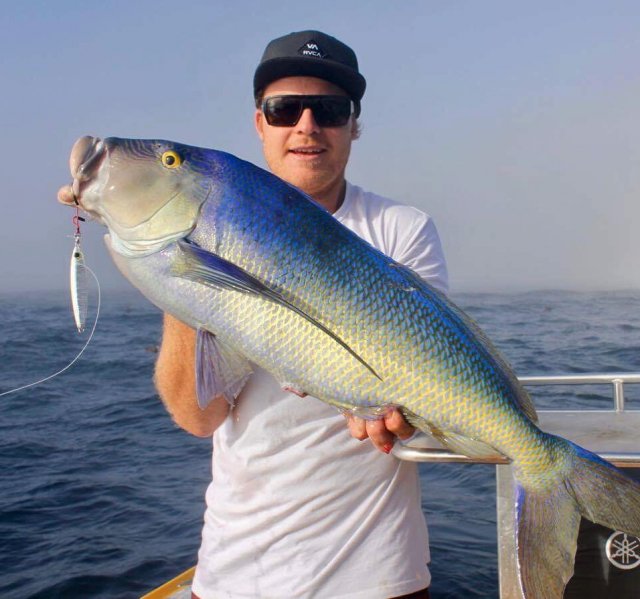
This fertile barrier reef archipelago encompasses more than 700 islands, roughly 100,000 square miles, is home to numerous IGFA World Records, and at its closest point lies a mere 50-miles from Florida’s East Coast. All rights reserved.It’s highly arguable there’s no destination within close proximity to the United States that holds as many world-class angling opportunities as The Bahamas. Flesh of good quality.Ĭopyright© 2004-2013 All Fishing Guide. Snappers caught mainly with single and multiple handlines and with bottom longlines. They reside mostly on rocky reef bottom and form schools with large numbers. They are elusive, but quite a magnificent fish, that grow up to 30 pounds and are great eating. The Queen Snapper are deep-water snapper, mostly found very deep in 1,500 feet of water. They reach maturity at length 21 in (54 cm) and 1 year old. They feed on small fishes, squids, and crustaceans.

Adults are abundant near oceanic islands. They are primarily found over rocky reef bottom habitat, in depths of 300 to 1,500 ft (100 to 450 m), on mud slopes at a depth of 1,500 ft (460 m). The Queen Snapper is bathydemersal and moves offshore to deepwater reefs and rocky ledges as it grows and matures. Their color of back and upper sides are deep pink to red, lower sides and belly pale pink to silvery iris of eye red spinous portion of dorsal fin and entire caudal fin brilliant red, other fins brilliant pink to pale no dark lateral spot. Scale rows on the back are running parallel with the lateral line. There are 47 to 50 tubed lateral-line scales. Bases of dorsal and anal fins are without scales. Caudal fin deeply forked, the lobes moderately short to relatively long upper lobe of caudal fin well produced in some species. Last soft ray of both dorsal and anal fins shaped, longer than next to last ray.

There are 23 to 28 gill rakers on first arch, 7 to 11 on upper limb and 14 to 18 on lower limb (including rudiments).ĭorsal fin single, distinctly notched, with 10 spines and 11, rarely 10, soft rays, but spinous portion of fin deeply incised at its junction with soft portion.
#Queen snapper Patch
Usually 1 or 2 canine or canine-like anterior teeth on each side of upper jaw (and frequently on each side of lower jaw), followed on both upper and lower jaws by a series of conical small teeth lower jaw slightly projecting, it is better developed and more widely spaced vomer and palatines with teeth, teeth on vomer in a hardly V-shaped patch (patch rarely almost triangular) no teeth on ectopterygoids. The Queen Snapper has elongate and slender body with large eyes and short snout (shorter than eye diameter) and flattened Interorbital area.

It is commonly found near oceanic islands, and is particularly abundant in the Bahamas and the Antilles. The Queen Snapper, Etelis oculatus, also known as Pargo cachucho, Vivaneau royal, occurs in the Western Atlantic, ranging from Bermuda and North Carolina southward to Brazil, including the Gulf of Mexico, West Indies and Caribbean Sea. They are a magnificent fish that grow up to 30 pounds and are great eating have good quality flesh. Inhabits rocky bottoms and feeds mainly on small fishes and squids.

Its distribution covers the tropical western Atlantic Ocean, from North Carolina to the eastern tip of Brazil, at depths of 130 to 450 m. The Queen Snapper is among the deepest dwelling species of the family Lutjanidae. The Queen Snapper fish identification, habitats, characteristics, Fishing methods


 0 kommentar(er)
0 kommentar(er)
